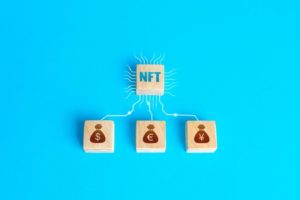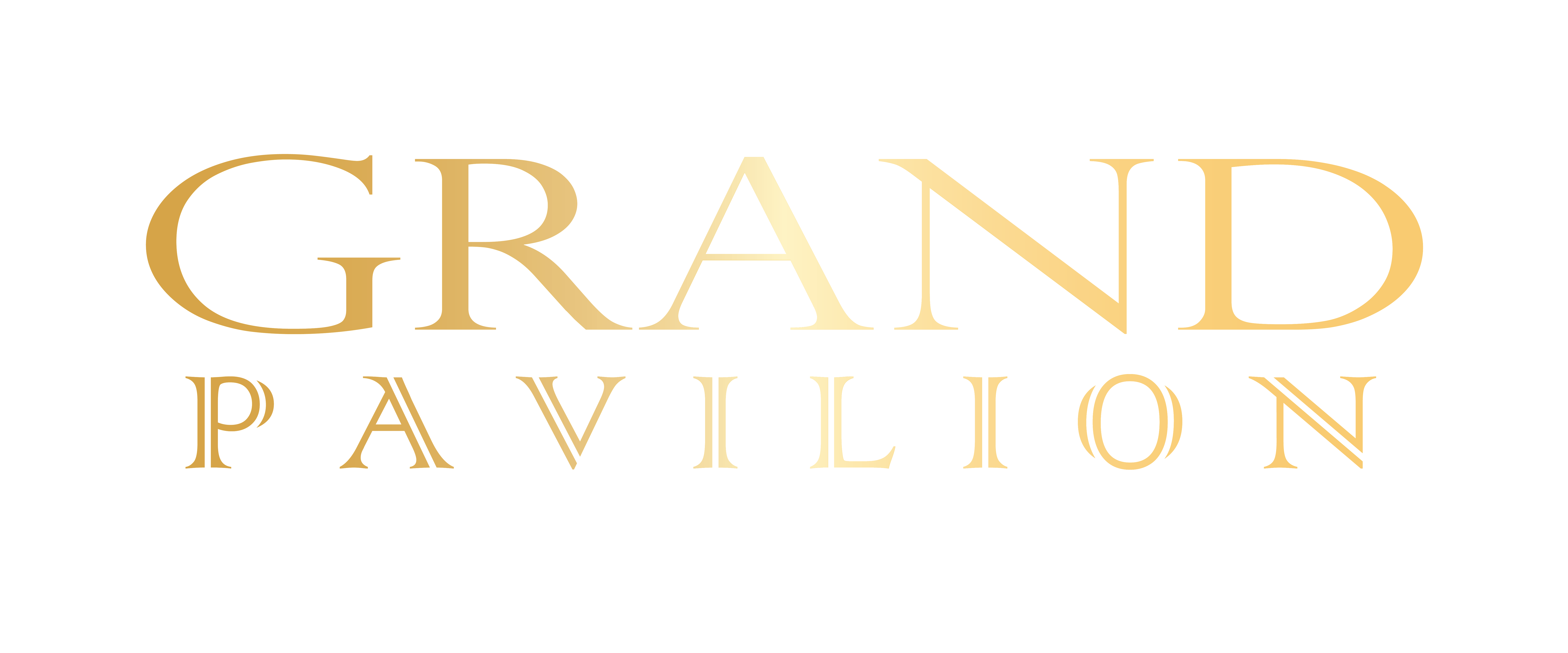ART market transactions in the form of non-fungible tokens (NFTs) will continue to surpass the conventional art market auctions as it gains wider acceptance and accessibility with buyers in art auctions.
Industry players such as Afiqah Sulaiman said NFTs have made art more accessible to the public and thus widened the pool of collectors.
“I think because people are more aware of the easy access of art through NFTs rather than owning art by buying from art galleries.
“The Covid-19 pandemic, personally for me, has made people realise the beauty of art is a way of appreciating living rather than just working to make a living,” she told The Malaysian Reserve (TMR).
The artist who is better known as Afi has managed to sell 10 NFTs within the first few weeks of starting an OpenSea account last year
“NFTs are certainly booming right now so I think it will definitely experience further growth, especially since art is now made more accessible, and is owned now.
“In the local market, people buy NFTs much like trading cards — so anything that is easily traded due to its value and rarity is definitely in trend,” she added.
Since NFTs have managed to make art more accessible to everyone, Afi believes it is one of the biggest achievements of the art industry which has been trying to advocate for it.
Although she has lost track of how many paintings she sold in physical art auctions last year, Afibelieved she still had a good start since she was consistent with her Instagram postings.
Although NFTs have been shining throughout the Covid-19 pandemic, physical art auctions would still emerge stronger this year.
“It’s not really a competition between NFTs or physical art auctions because both of them have their merits.”
Universiti Teknologi Mara Shah Alam senior lecturer of Faculty of Art and Design Dr Mohamed Razeef Abdul Razak believed that NFTs are gaining popularity and are considered a more common way in art trading today although it has been around since 2014.
“The NFT scene in nature is now steadily gaining momentum and slowly disrupting the local art scene ecosystem.
“Last year, Malaysia graffiti artist Katun made over RM1.6 million selling his NFT collection within 24 hours,” he said in his opening remarks during the Fifth Conference on Art, Craft & Design for Social Innovation and Sustainable Community webinar.
He proudly revealed that the artist is an alumnus from his faculty.
“Since then, I guess more Malaysian artists, designers and collectors are beginning to see NFT’s as the future of ownership,” Mohamed Razeef added.
Also present was Irsyad Saidin who is the CEO and co-founder of local NFT platform Pentas.io who shared more insights of the platform.
“For the past four months, more than 60,000 NFTs have been minted and we are approaching a total sales volume of six million,” he said.
Many artists have made a fortune out of selling NFTs last year such as controversial Malaysian rapper Namewee who earned about RM4 million (209 ethereum) from selling his 99 NFTs on OpenSea while Visithra Manikam has made over RM1.5 million (91 ethereum) where rapper Snoop Dogg was one of her collectors.
US artist Mike Winkelmann, who is better known as Beeple, broke the record last year by selling the most expensive artwork.
His artwork entitled “Everydays — The First 5,000 Days” was sold at a whopping record of US$69.3 million (RM289.67 million) at Christie’s.
“Why people are willing to spend a lot to acquire this is because of the technology itself.
“When blockchain was introduced, people around the word tried to build the trust issue and it enabled digital ownership,” Irsyad explained.
Corporations and associations have even jumped into mint their artworks such as the Selangor Red Giants which is their mission to bring an exciting experience to their fans.
He also stressed that it is important for art galleries to change their mindset and embrace NFTs or they would be left behind.
One of the Malaysian art galleries which have embraced NFTs is the Kelantan Art Gallery which has been featured on Pentas.io’s platform.
“What they do is they collect a few artworks in Kelantan, take a photo and everything and they mint it as an NFT gallery.”
However, not all artists are having luck with minting NFTs. Taufik Abdullah was sceptical with NFTs after being conned about RM7,000 just to mint an artwork.
“When I realised I was conned, I contacted Luno Malaysia but they said once it got transferred, they cannot track who owns the account.
“When I open an account with them, they ask a lot of things just to prove that I’m a Malaysian citizen,” he told TMR.
Last year, Taufik only managed to sell three artworks but he observed that the conventional art market suddenly became very strong after a stagnant two years.
Unfortunately, the quality has dropped too.
“When a lot of artists come out after almost two years of stagnation, I think the quality drops down and it is no longer exclusive,” he said.
One example that he mentioned was the “ARTisFair” exhibition held at Fahrenheit 88, Kuala Lumpur, which featured 2,000 artworks from 500 artists from Indonesia and Malaysia.
Many artists decided to pull out their artworks from the exhibition after their artworks were hung on shopping mall’s balcony railings degrading it to “hanging laundry on a clothesline”.
Taufik was one of the artists who condemned the organisers’ actions. He hopes that local art exhibitions would have better curators as well.
“A few days ago, they had an exhibition for Latiff Mohiidin and he sold it big. I think the current show is about abstracts and the market is exclusive and nobody sees the real artwork.”
Although it is good for him, Taufik felt that it is not good for the art society, which is not about making money or commodity but rather about coming up with our own movement.
Although he is sceptical of NFTs, he is still investing his effort in understanding them.




